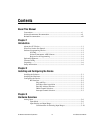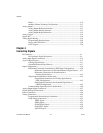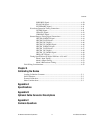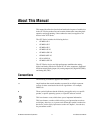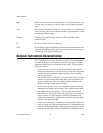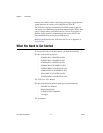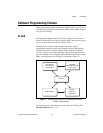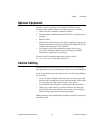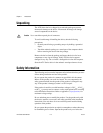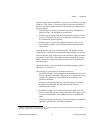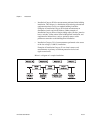
© National Instruments Corporation 1-1 AT E Series User Manual
1
Introduction
This chapter describes the AT E Series devices, lists what you need to
get started, describes the optional software and optional equipment, and
explains how to unpack the AT E Series device.
AbouttheATESeries
Thank you for buying an NI AT E Series device. The AT E Series devices
are the first completely Plug and Play-compatible multifunction analog,
digital, and timing I/O devices for the PC AT and compatible computers.
This family of devices features 12-bit and 16-bit ADCs with 16 and 64
analog inputs, 12-bit and 16-bit DACs with voltage outputs, eight and
32 lines of TTL-compatible DIO, and two 24-bit counter/timers for TIO.
Because the AT E Series devices have no DIP switches, jumpers, or
potentiometers, they are easily configured and calibrated using software.
The AT E Series devices are the first completely switchless and jumperless
data acquisition (DAQ) devices. This feature is made possible by the
National Instruments DAQ-PnP bus interface chip that connects the device
to the AT I/O bus. The DAQ-PnP implements the Plug and Play ISA
Specification so that the DMA, interrupts, and base I/O addresses are all
software configurable. This allows you to easily change the AT E Series
device configuration without having to remove the device from the
computer. The DAQ-STC makes possible such applications as buffered
pulse generation, equivalent time sampling, and seamlessly changing the
sampling rate.
The AT E Series devices use the National Instruments DAQ-STC system
timing controller for time-related functions. The DAQ-STC consists of
three timing groups that control AI, AO, and general-purpose counter/timer
functions. These groups include a total of seven 24-bit and three 16-bit
counters and a maximum timing resolution of 50 ns.
A common problem with DAQ devices is that you cannot easily
synchronize several measurement functions to a common trigger or timing
event. The AT E Series devices have the Real-Time System Integration
(RTSI) bus to solve this problem. The RTSI bus consists of the RTSI bus




